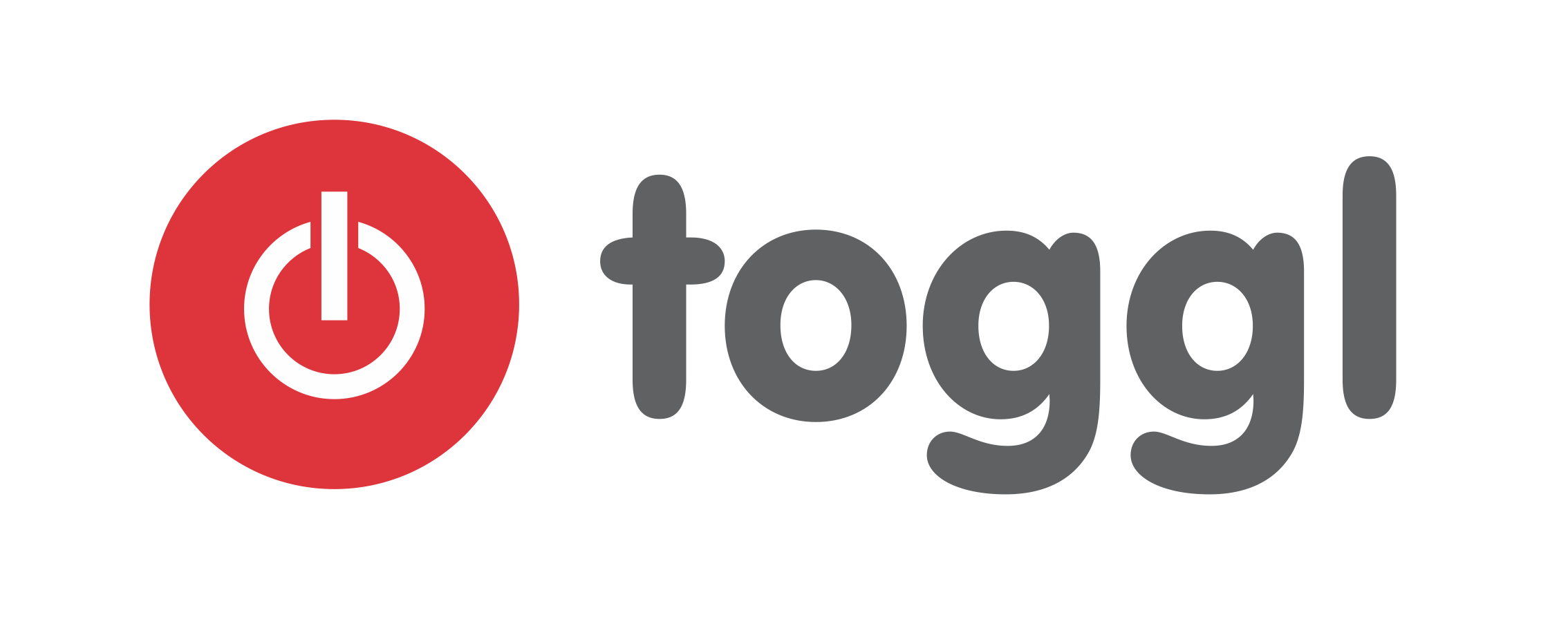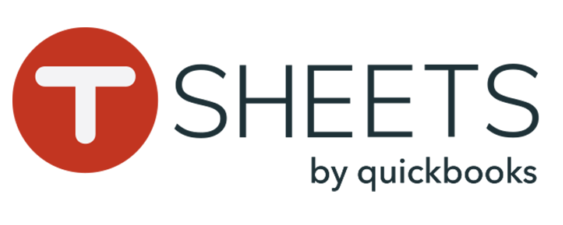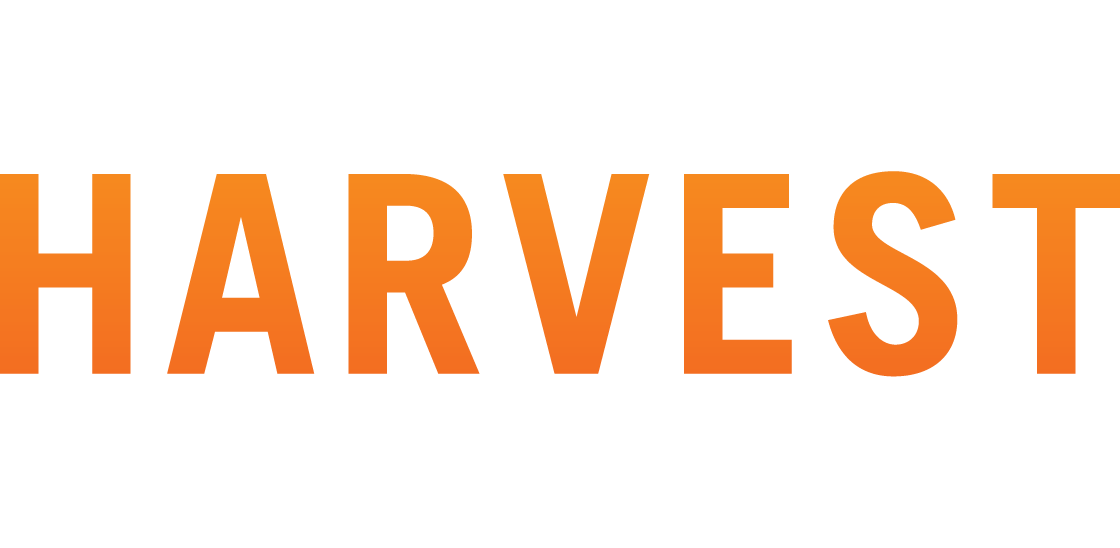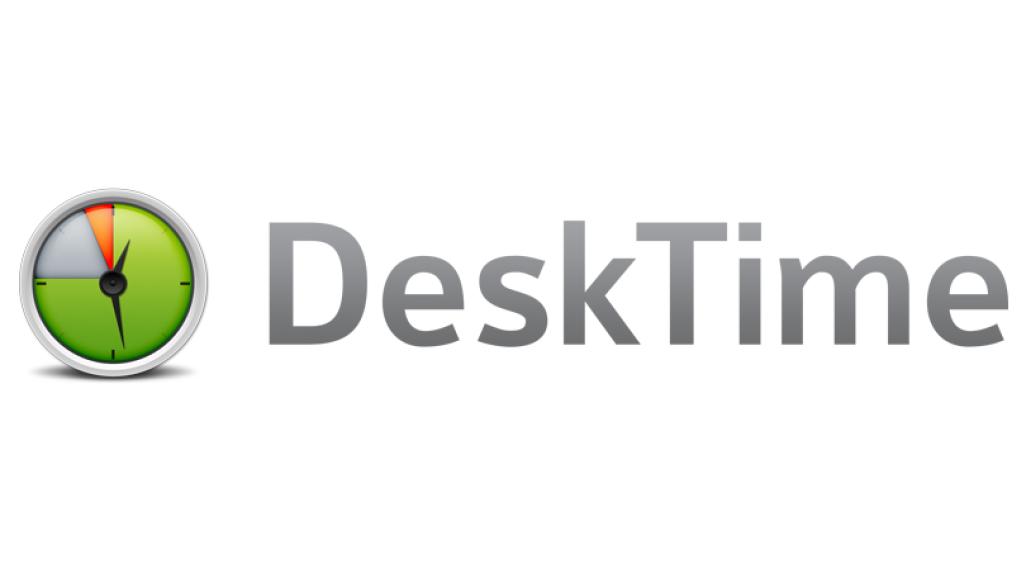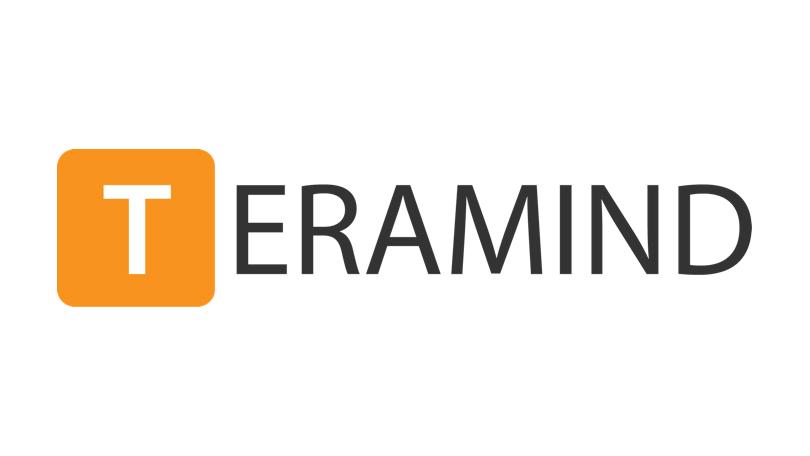
Categories
Problems that solves
Inability to forecast execution timelines
Poor timing of management decision making
Employee personal use of corporate IT during working hours
IT infrastructure downtimes
HR management
Lengthy production timelines
Shortage of information for decision making
Values
Enhance Staff Productivity
Ensure Security and Business Continuity
Reduce Production Timelines
Support Decision Making
Appraise and Train Staff
Enhance Competitive Ability
RescueTime
RescueTime helps you understand where your time goes each day. Optimize your energy. And take back control of your day.
About Product
Description
Understand where your time goes
RescueTime works in the background on your computer, phone, and tablet to show you exactly how you spend your time (no manual entry required).
Automatic time, website, and app tracking (No manual entry required) RescueTime tracks exactly how you spend your time on your digital devices. Everything you do is automatically categorized so you can quickly see the time you spend on specific apps, websites, and projects and gauge your daily productivity. Goals, real-time alerts, and weekly email summary Set RescueTime Goals for how you want to spend your time—whether that means less time on social media or writing for 2 hours a day—and then track your progress with Alerts and our weekly summary email. FocusTime distraction blocker FocusTime blocks distracting websites when you need it most. Set a focused session for first thing in the morning to start the day off right or block sites automatically when you’re distracted. Customizable work hours and in-depth reports Set custom work hours to separate your working and non-working hours, optimize your most productive time, protect yourself from burnout, and get alerted when you’re doing too much work outside of work. Offline time tracking and daily highlights RescueTime works for your non-digital time as well. Offline Time automatically prompts you to enter meetings, calls, and other non-device activities, while Highlights help track your time spent on specific projects.
Automatic time, website, and app tracking (No manual entry required) RescueTime tracks exactly how you spend your time on your digital devices. Everything you do is automatically categorized so you can quickly see the time you spend on specific apps, websites, and projects and gauge your daily productivity. Goals, real-time alerts, and weekly email summary Set RescueTime Goals for how you want to spend your time—whether that means less time on social media or writing for 2 hours a day—and then track your progress with Alerts and our weekly summary email. FocusTime distraction blocker FocusTime blocks distracting websites when you need it most. Set a focused session for first thing in the morning to start the day off right or block sites automatically when you’re distracted. Customizable work hours and in-depth reports Set custom work hours to separate your working and non-working hours, optimize your most productive time, protect yourself from burnout, and get alerted when you’re doing too much work outside of work. Offline time tracking and daily highlights RescueTime works for your non-digital time as well. Offline Time automatically prompts you to enter meetings, calls, and other non-device activities, while Highlights help track your time spent on specific projects.
Competitive products
User features
Roles of Interested Employees
Chief Executive Officer
Chief Information Officer
Operational Manager
IT Management
Organizational Features
Web-based customer portal
Mobile users
Internet access is available for employees
